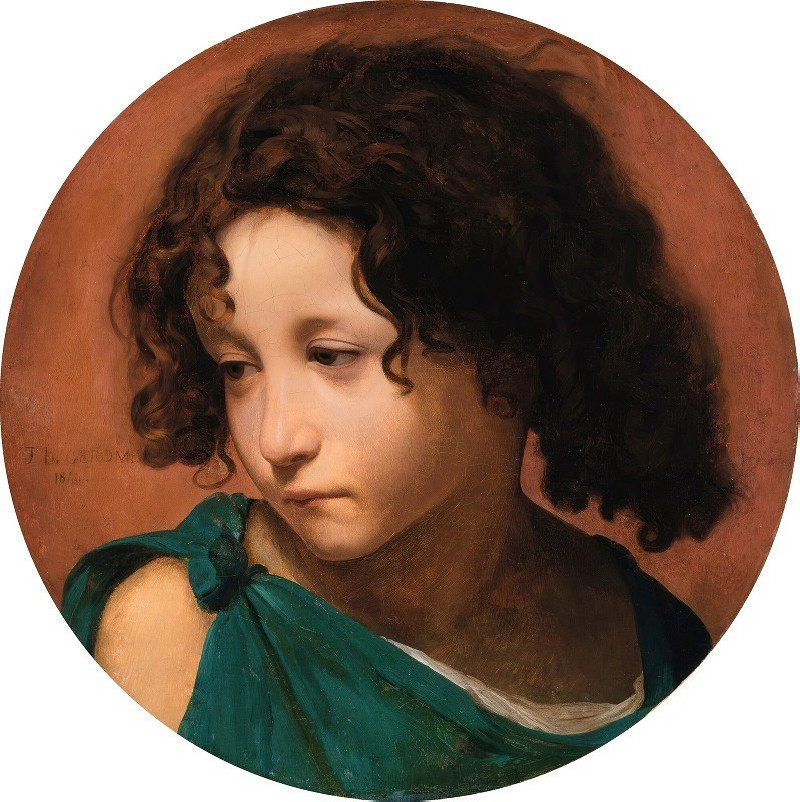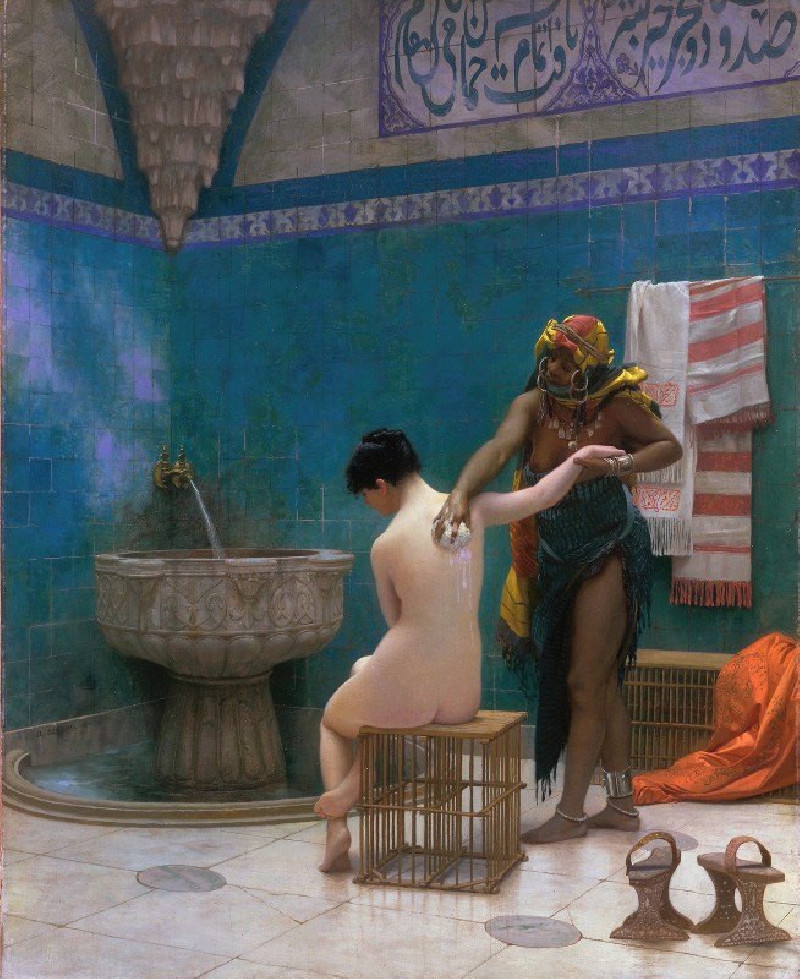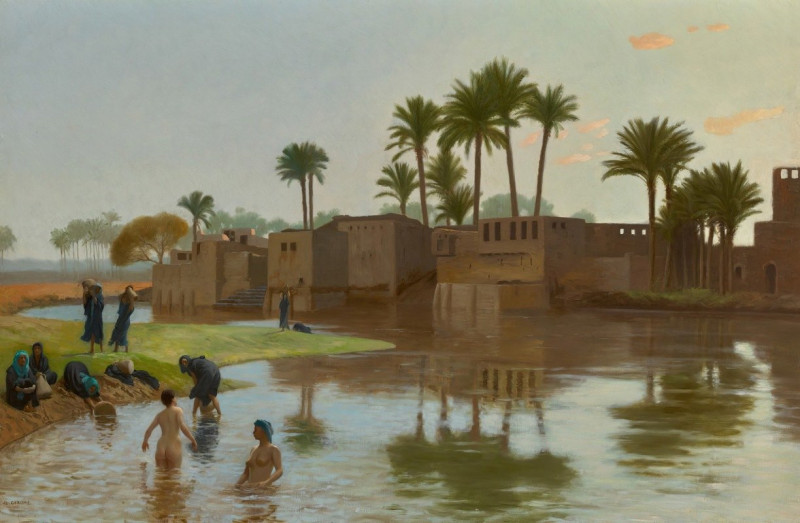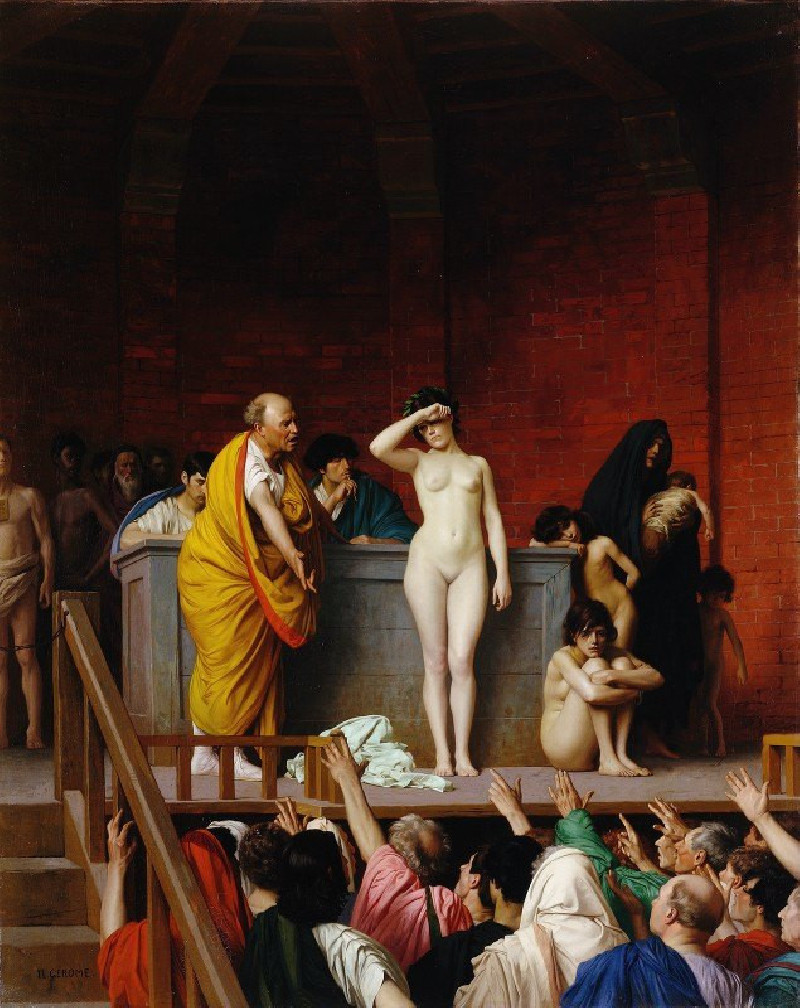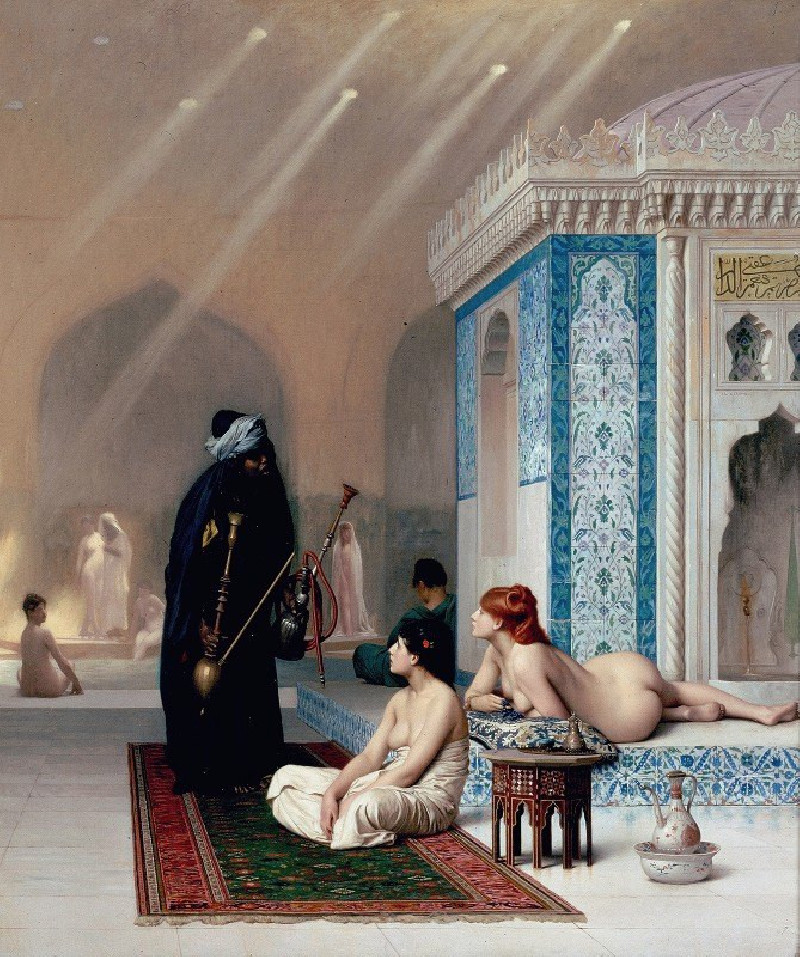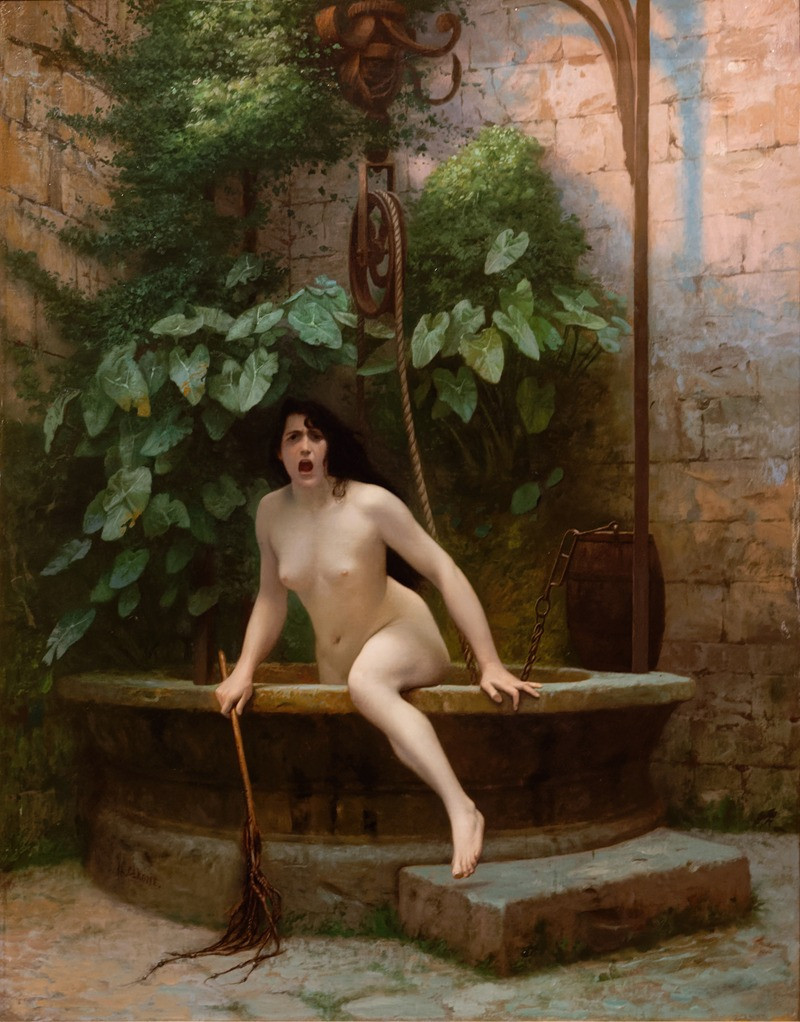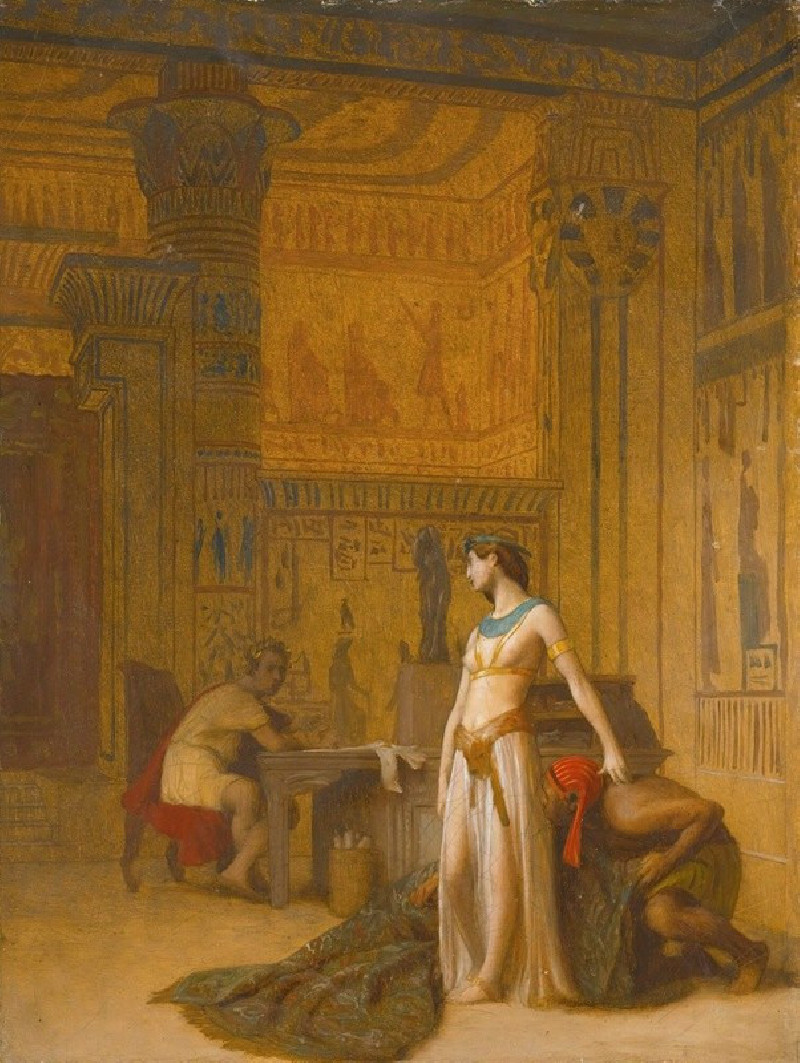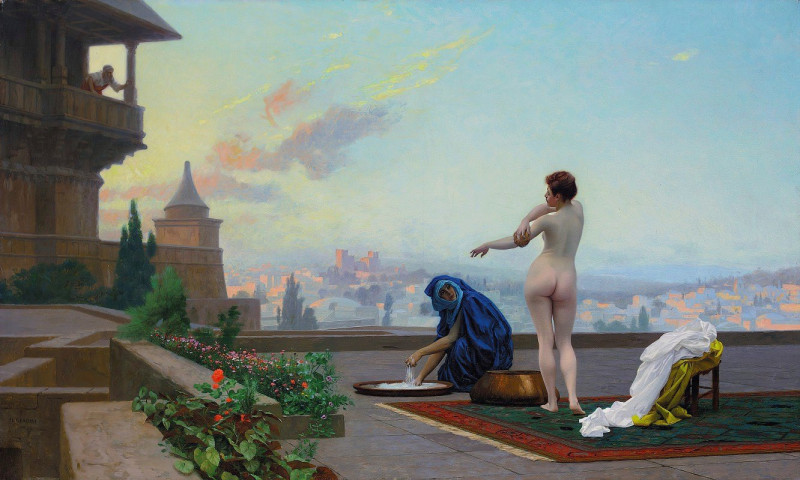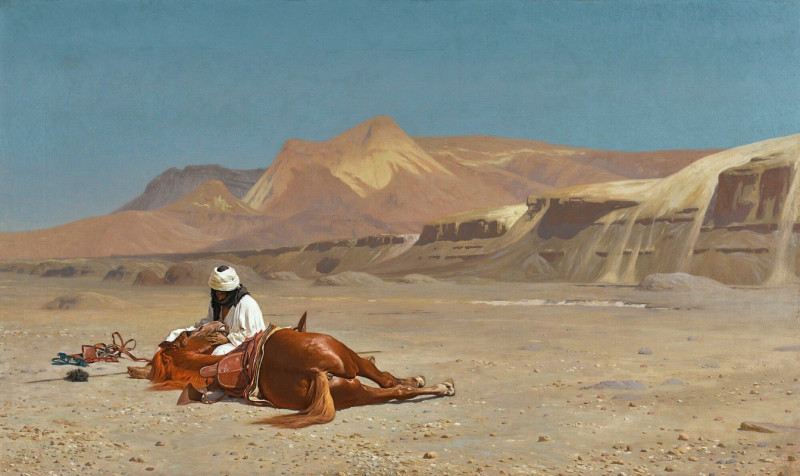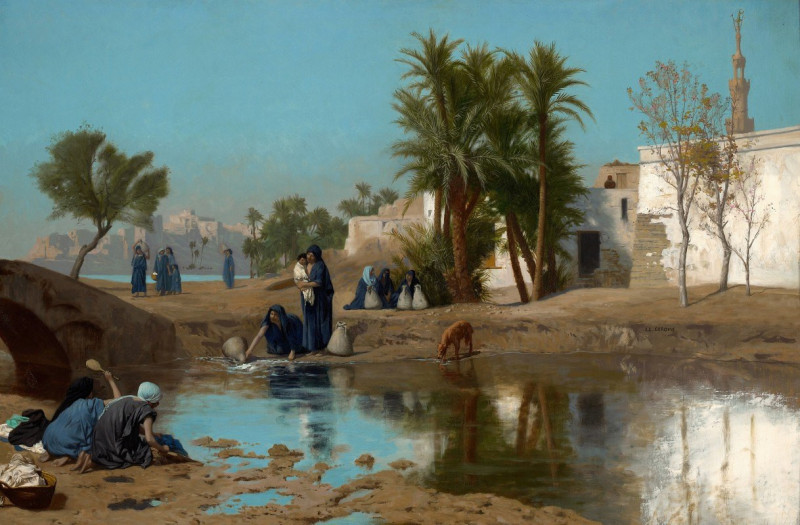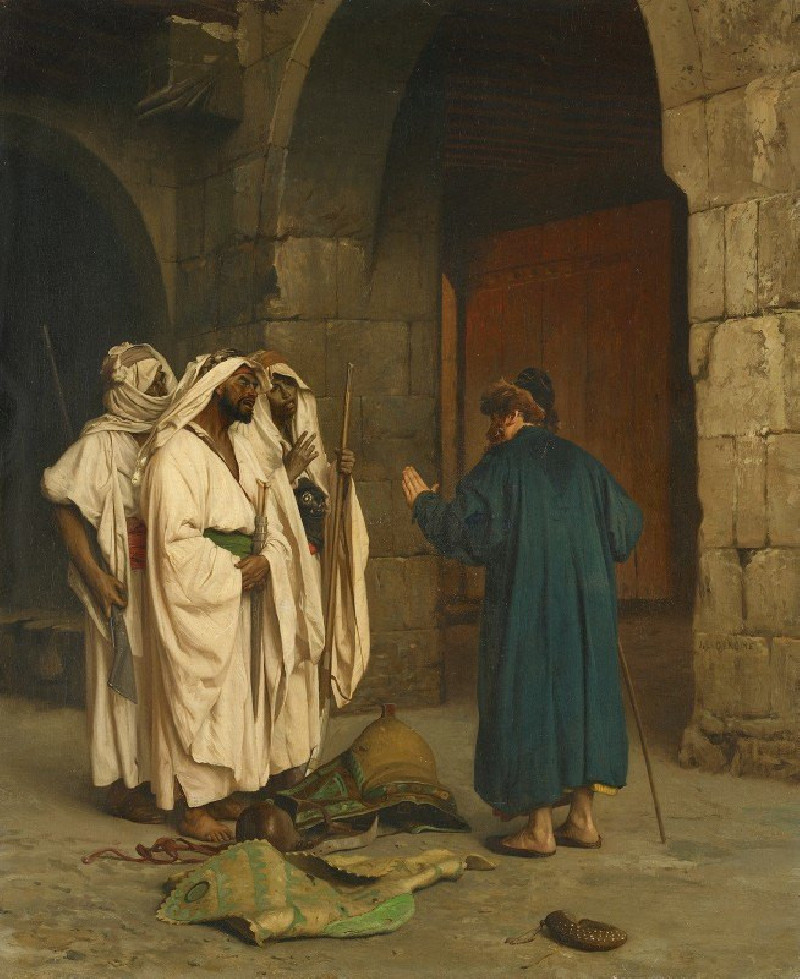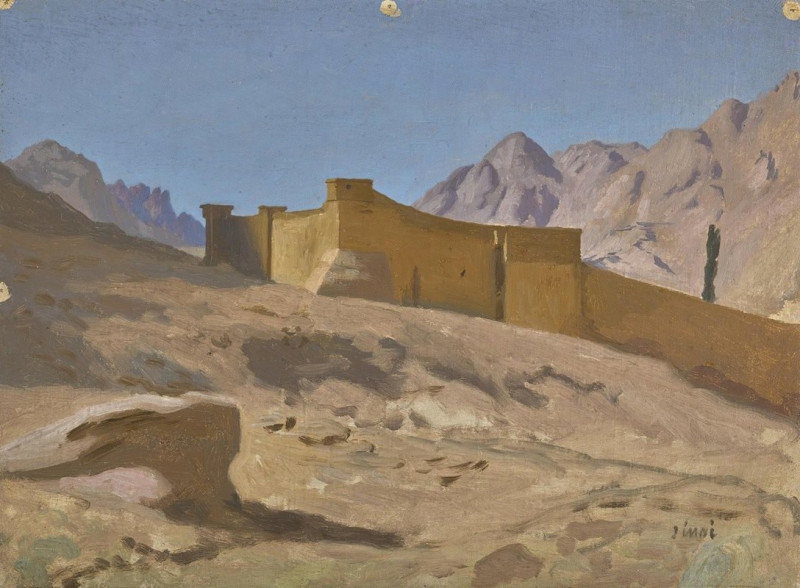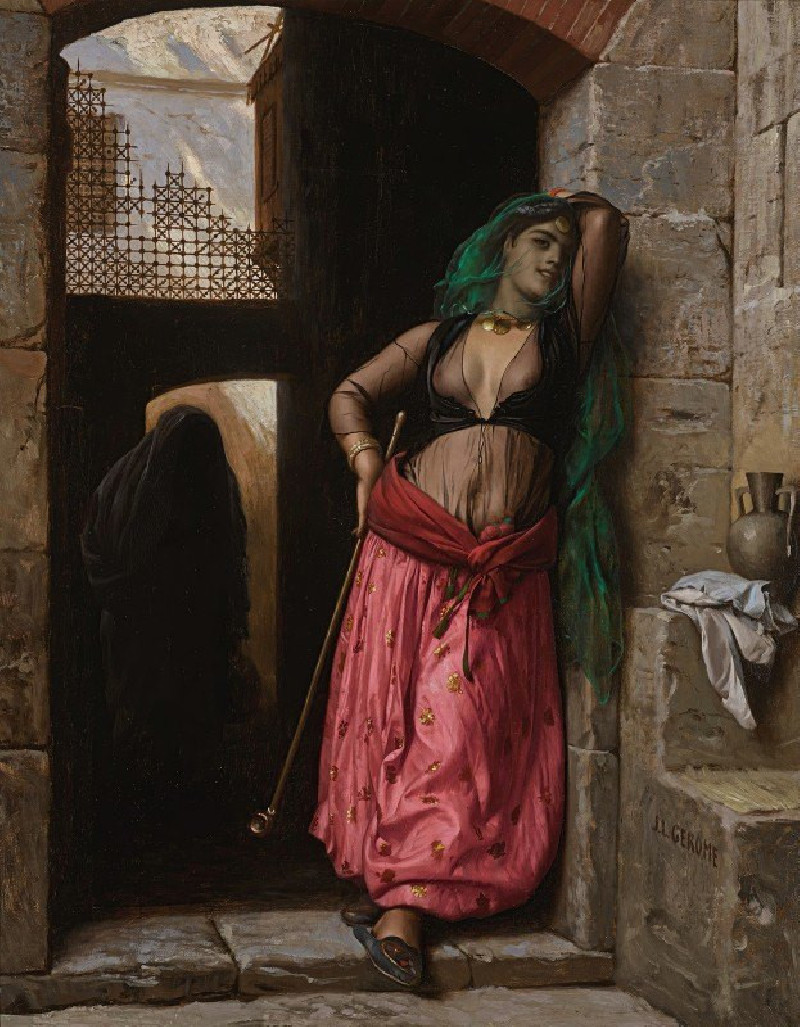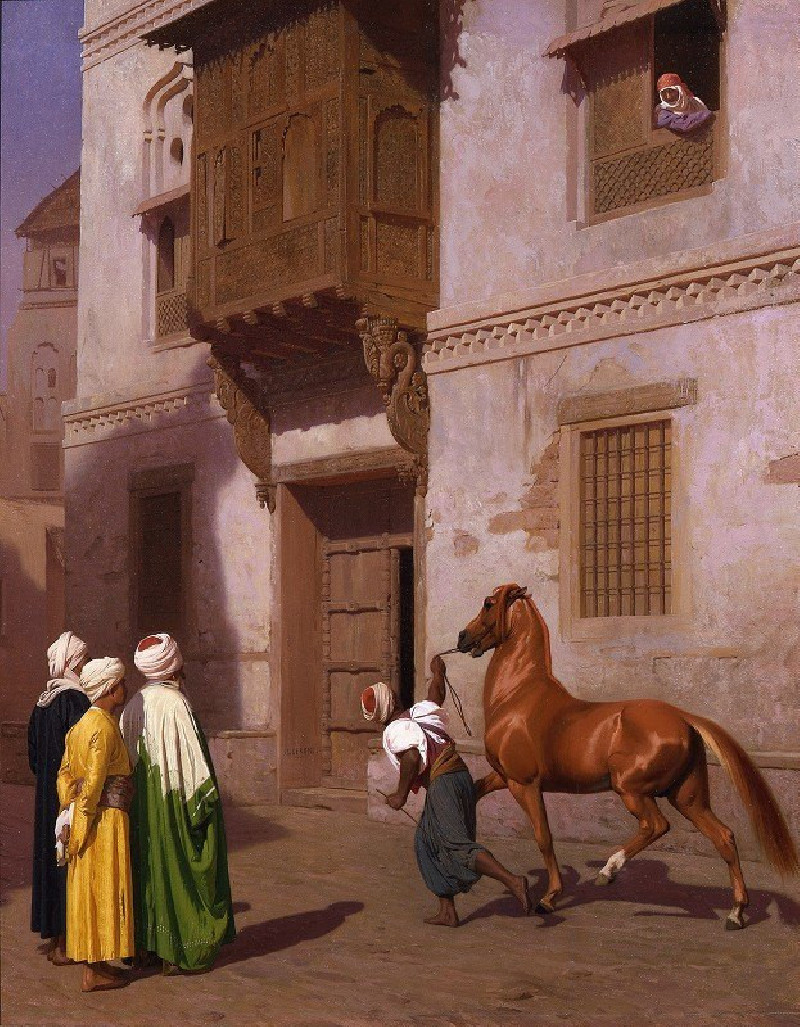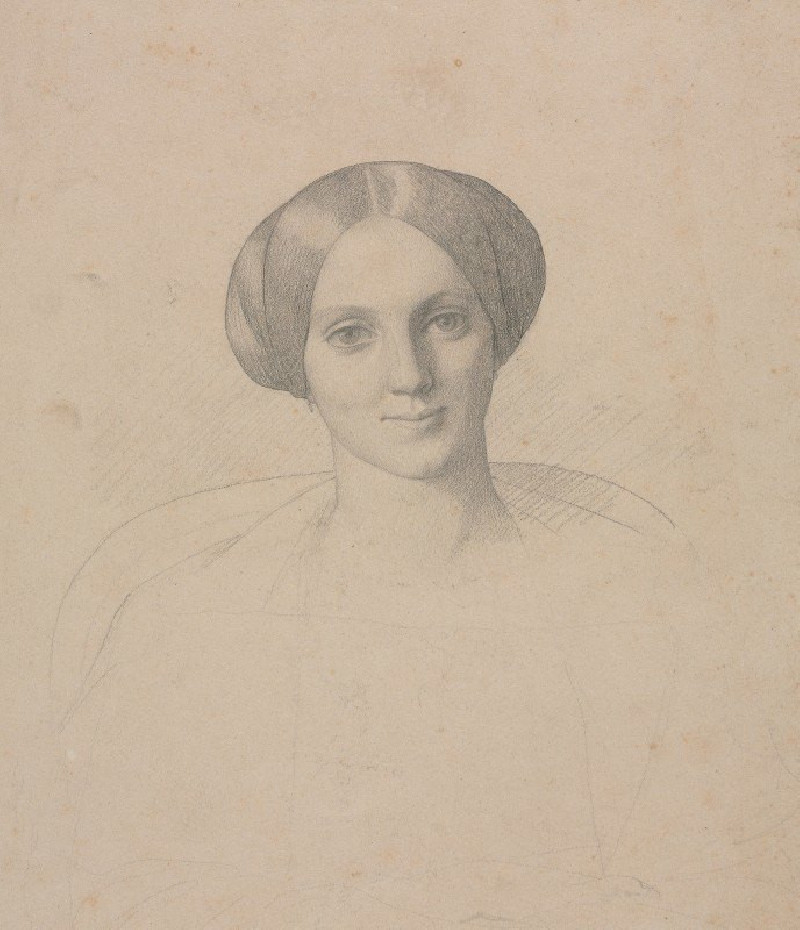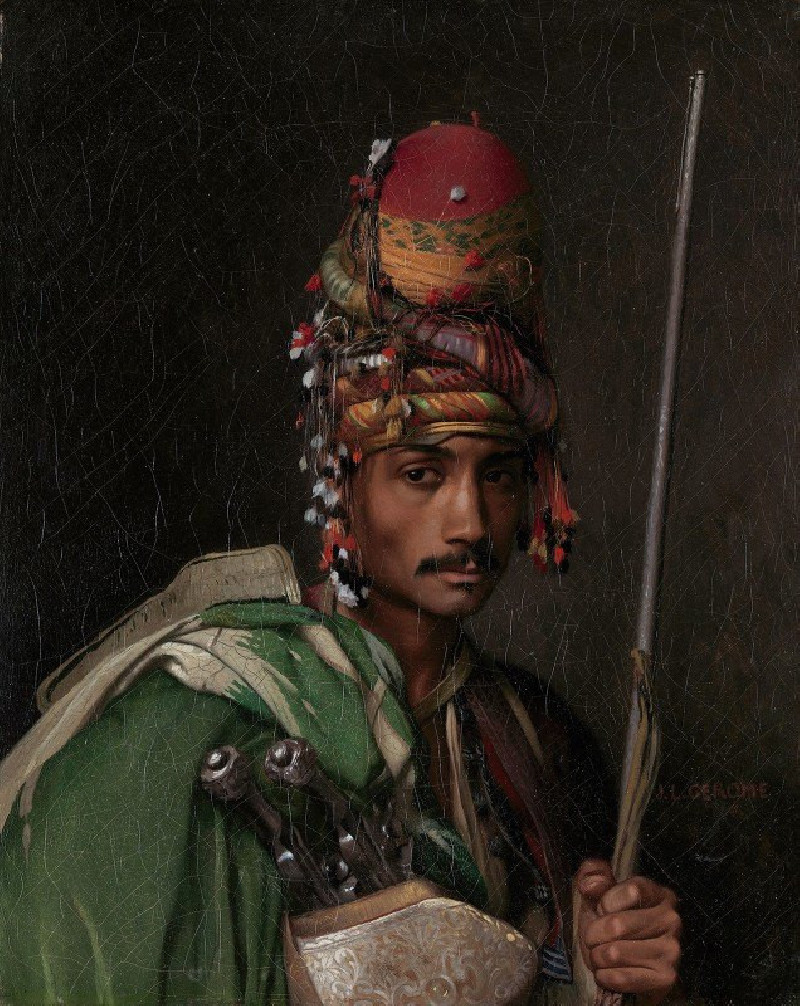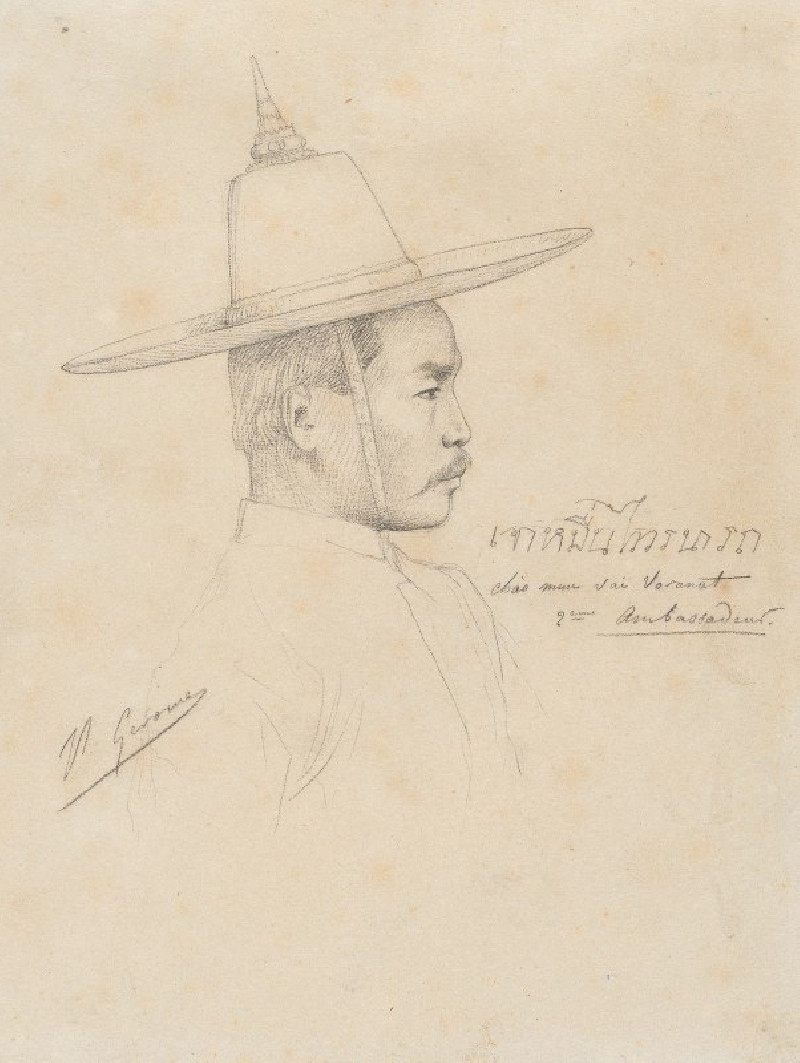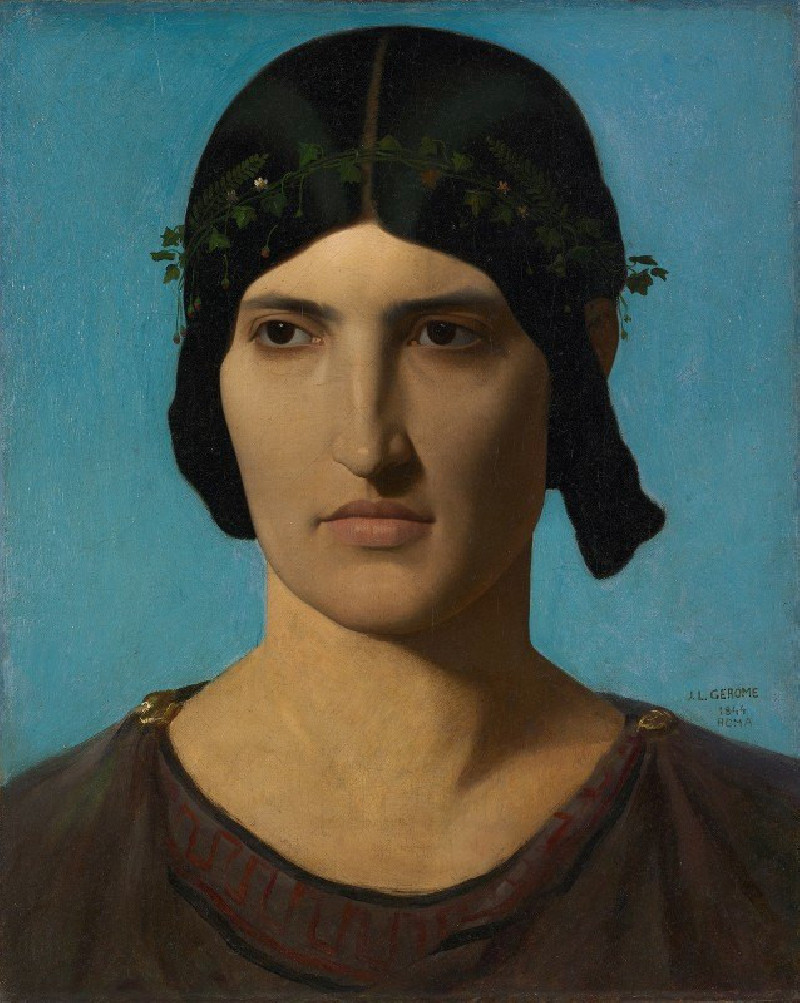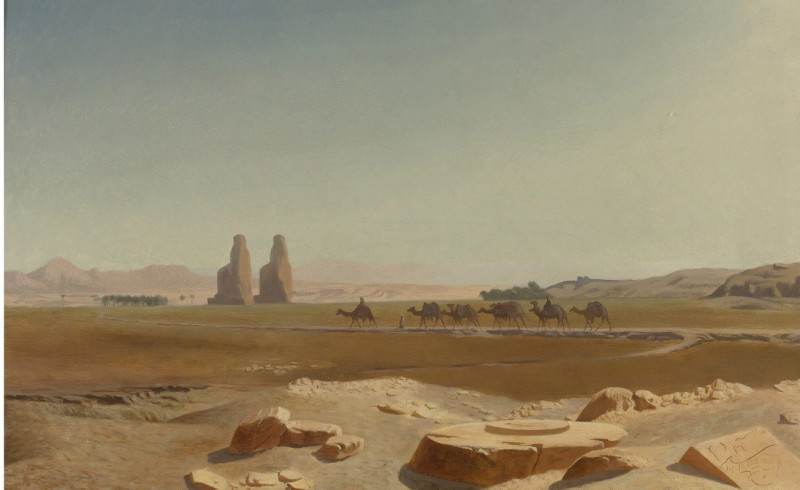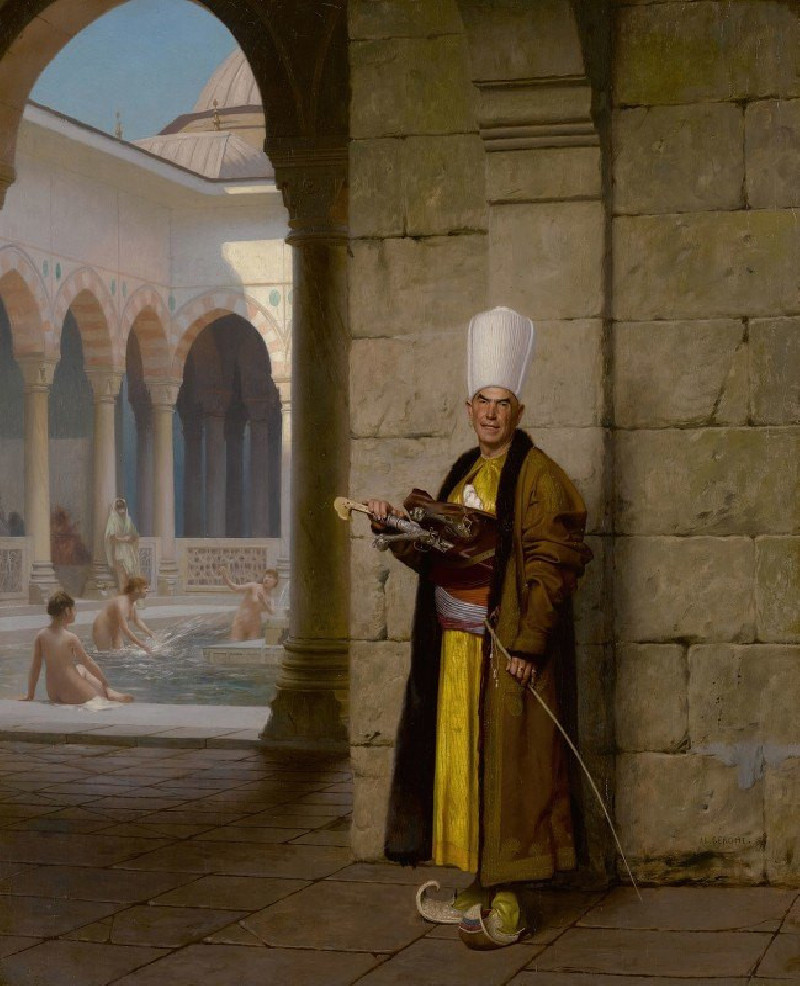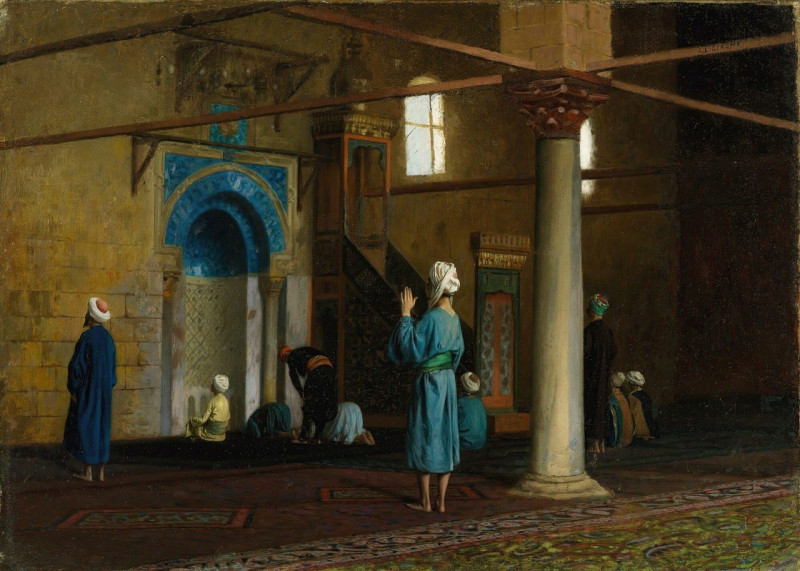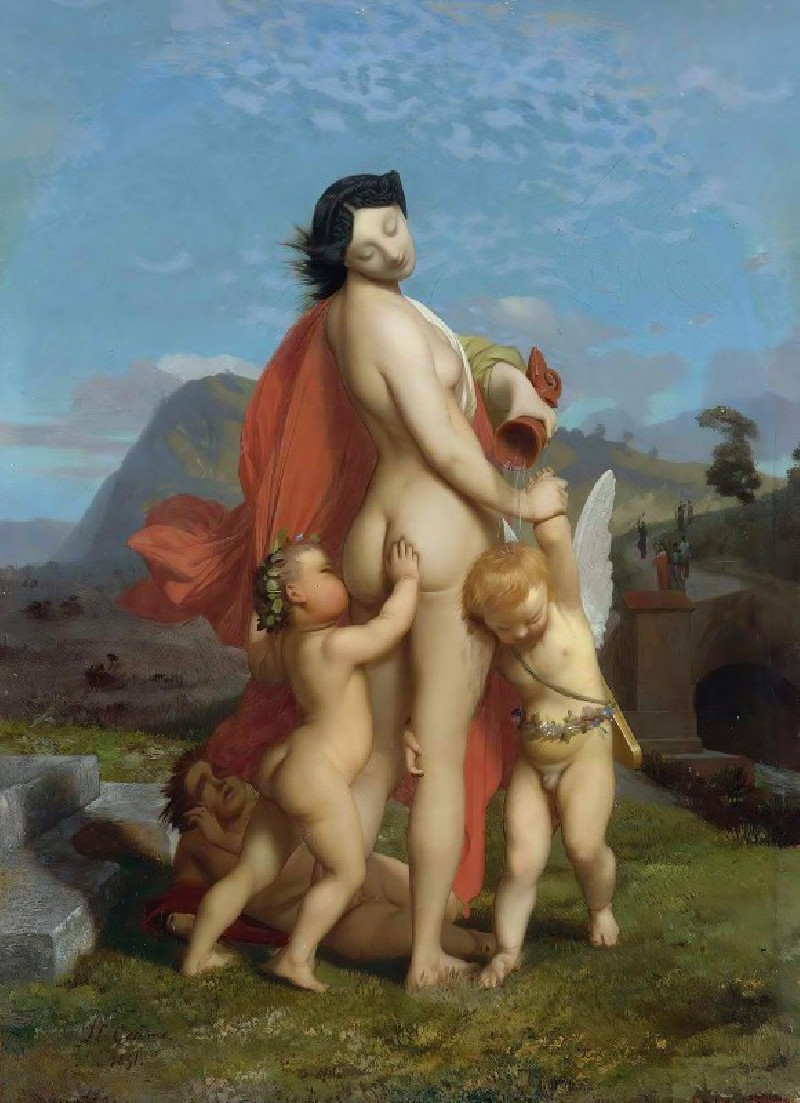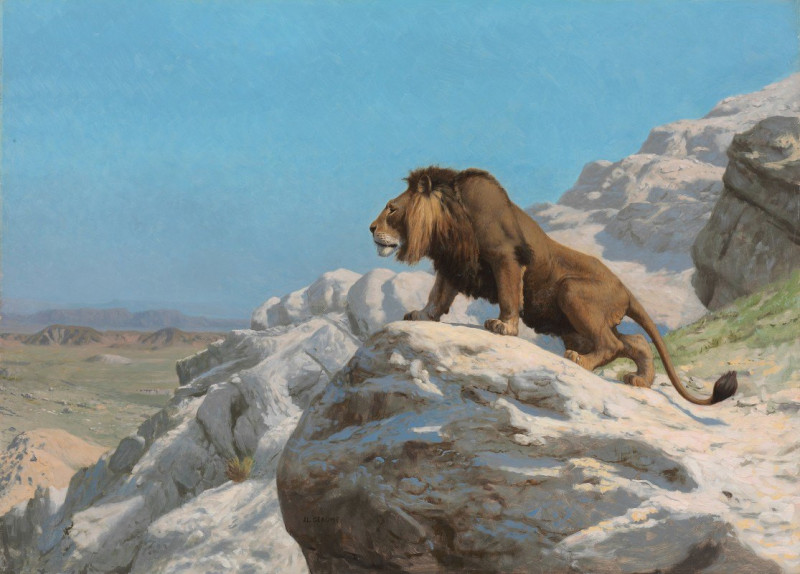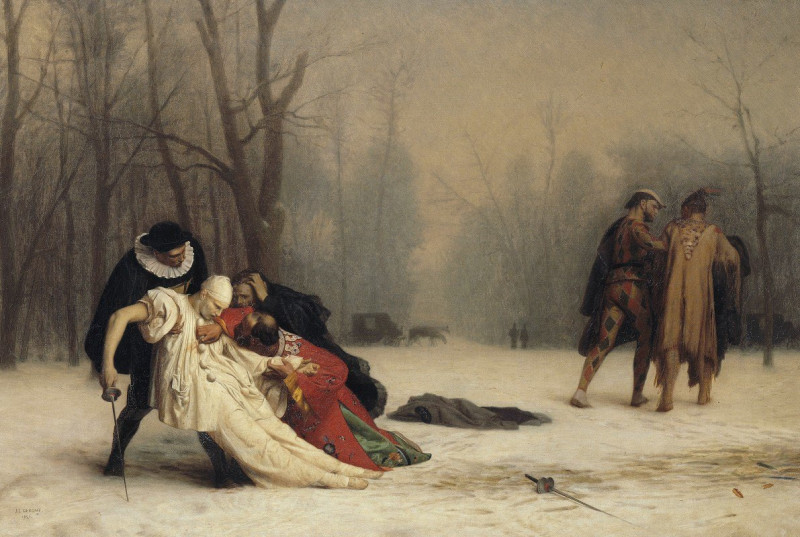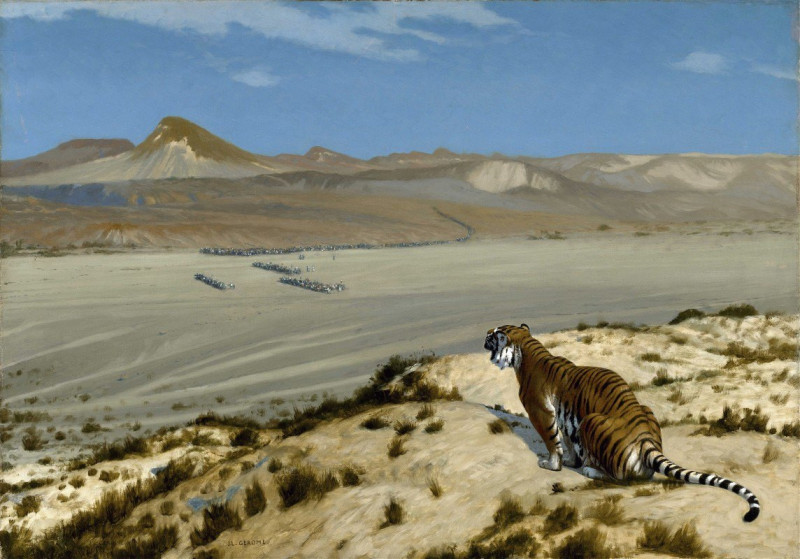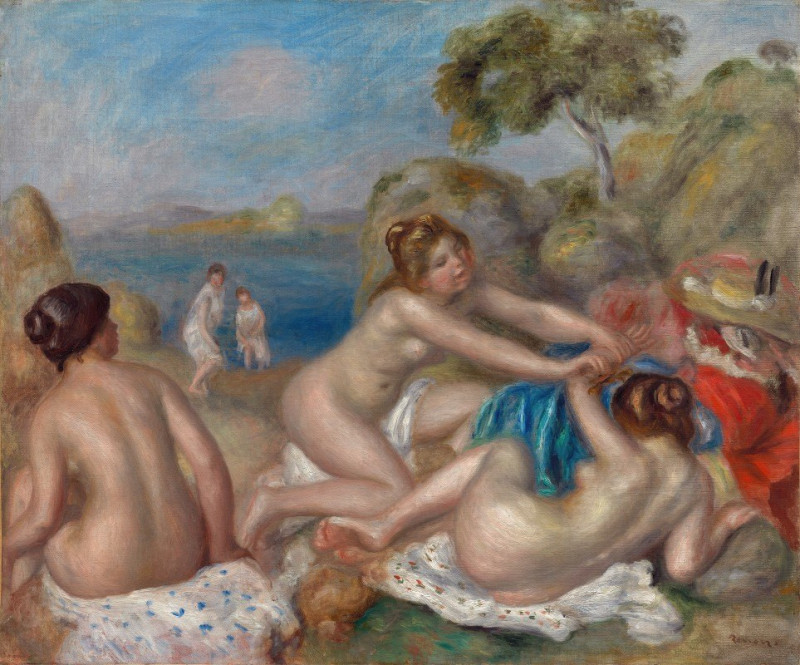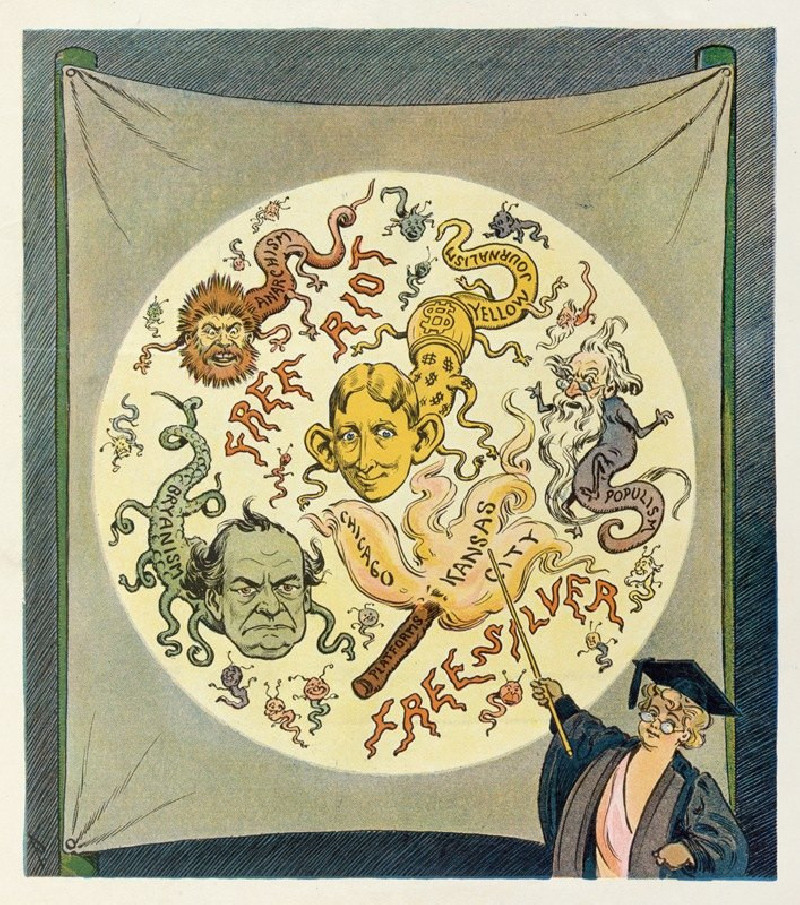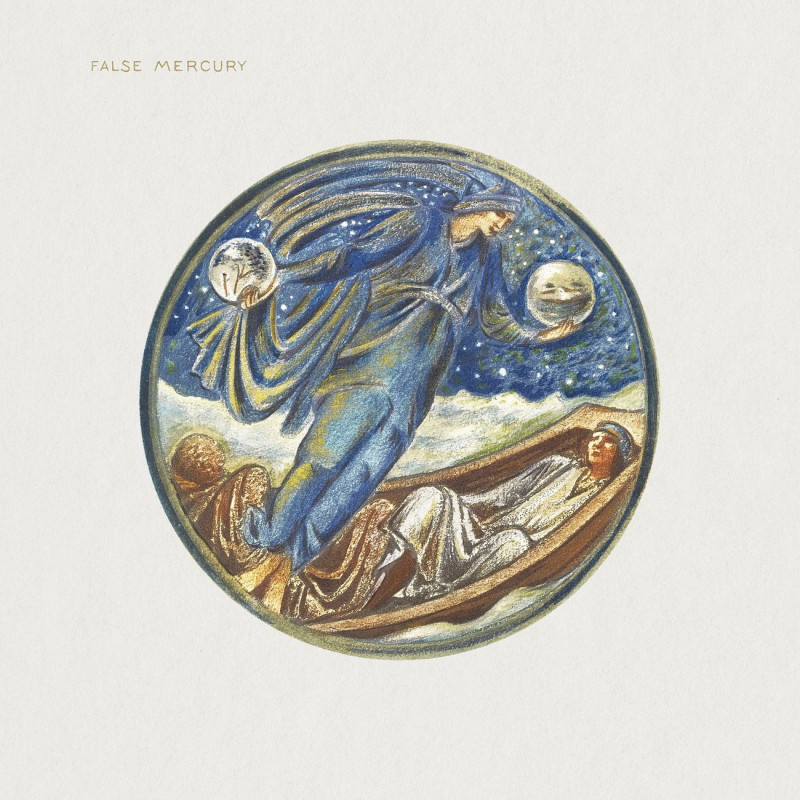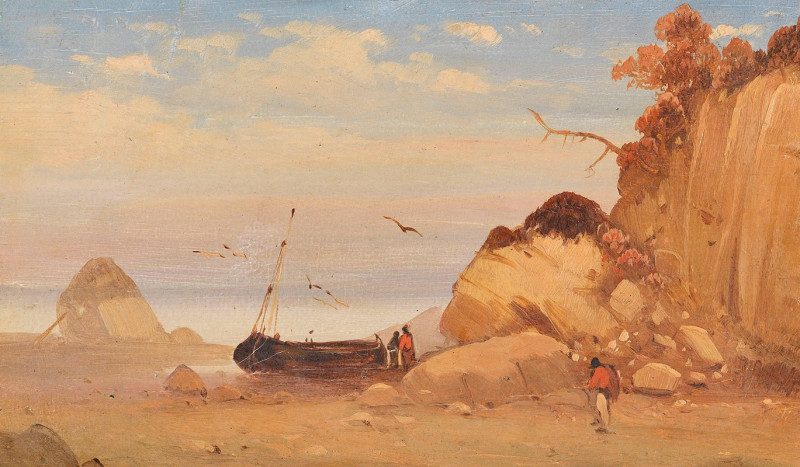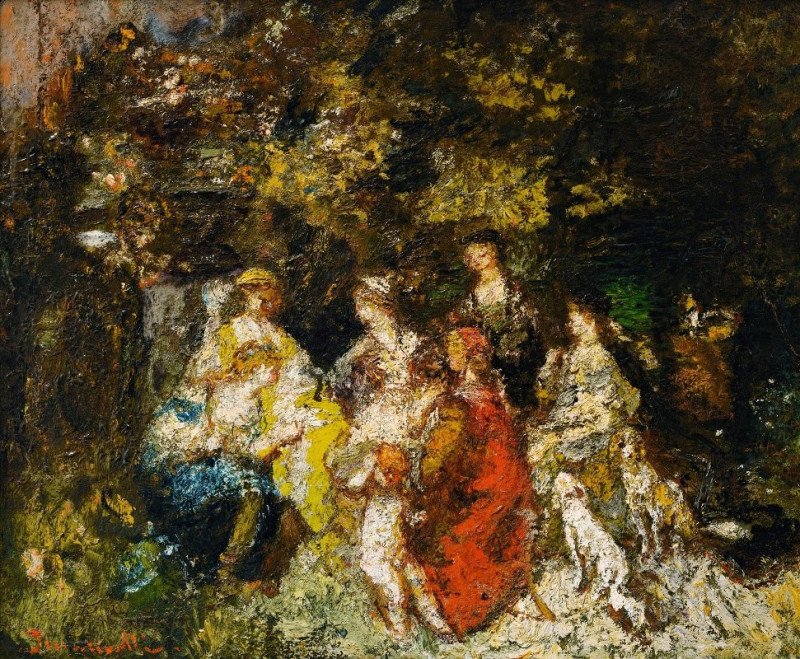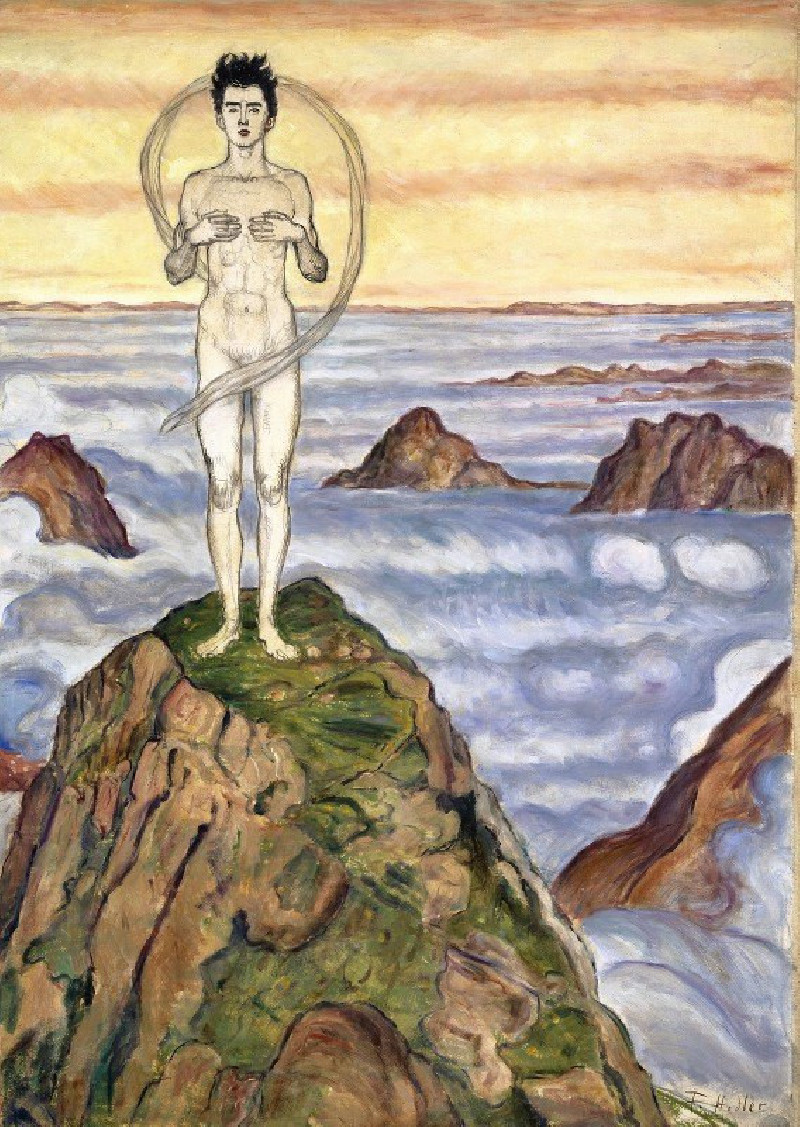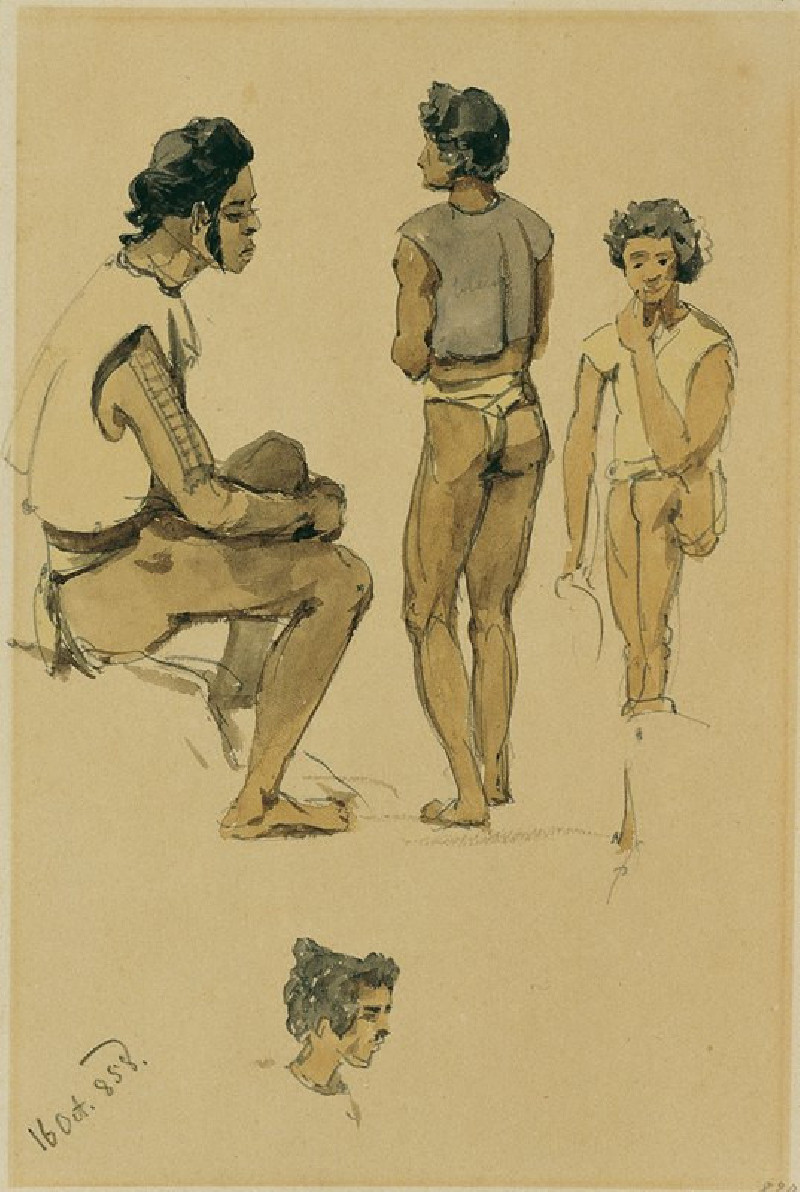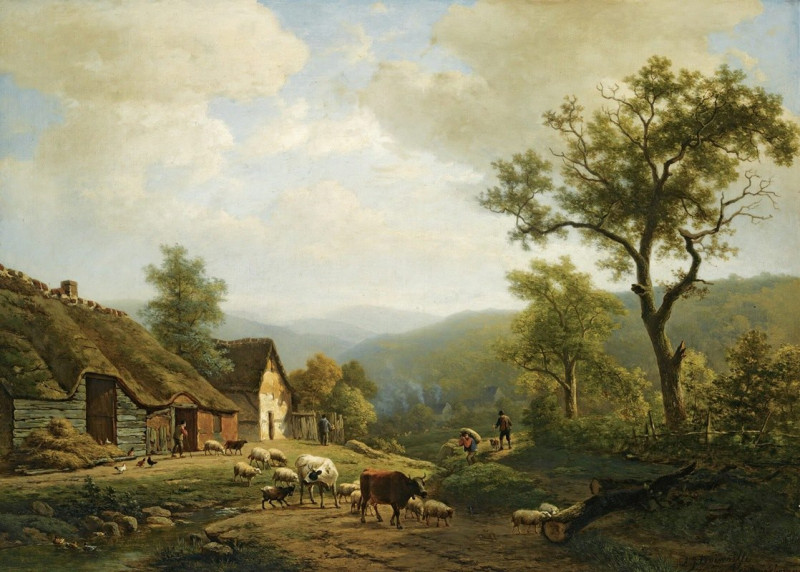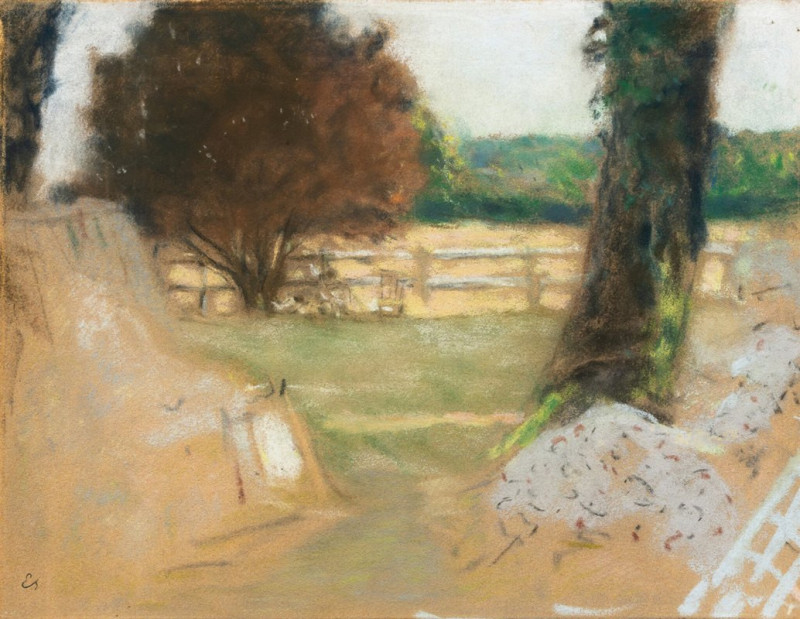Portrait D’enfant (1844)
Technique: Giclée quality print
Recommended by our customers
More about this artwork
Step into the tender world of Jean-Léon Gérôme's early work with "Portrait D’enfant," painted in 1844. This captivating painting is a brilliant example of Gérôme's exceptional skill in capturing the essence of his subjects, even early in his career, well before he became famed for his historical and orientalist paintings.Featured in this circular portrait is a young child, depicted with a dreamy, contemplative gaze. The child’s face is the focal point of the composition, rendered with soft, lifelike details that highlight the delicate features and the thoughtful expression. The warm brown backdrop contrasts beautifully against the rich auburn curls and the deep emerald drape of the fabric worn by the child, which is stylishly slouched off one shoulder, adding a touch of classical elegance to the image.The sensitive portrayal and the intimate scale of the painting invite viewers to connect deeply with the subject's youthful innocence and fleeting emotions. "Portrait D’enfant" exemplifies the subtlety of Gérôme’s portraiture, allowing the viewer to ponder the story behind the child's wistful eyes and the era that inspired such artistry.
Delivery
Returns
Jean-Léon Gérôme was a French painter and sculptor in the style now known as academicism. His paintings were so widely reproduced that he was "arguably the world's most famous living artist by 1880." The range of his oeuvre included historical painting, Greek mythology, Orientalism, portraits, and other subjects, bringing the academic painting tradition to an artistic climax. He is considered one of the most important painters from this academic period. He was also a teacher with a long list of students.

